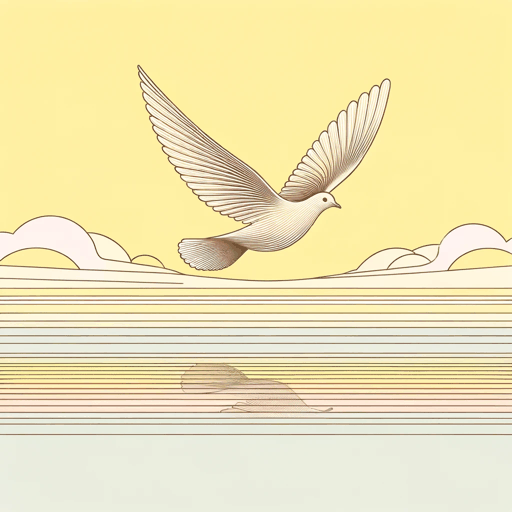36 pages • 1 hour read
John W. DowerWar Without Mercy: Race and Power in the Pacific War
Nonfiction | Book | Adult | Published in 1986A modern alternative to SparkNotes and CliffsNotes, SuperSummary offers high-quality Study Guides with detailed chapter summaries and analysis of major themes, characters, and more.
Part 2, Chapters 4-7Chapter Summaries & Analyses
Part 2: “The War in Western Eyes”
Part 2, Chapter 4 Summary: “Apes and Others”
Ernie Pyle, a popular war correspondent, reported that even though the German foes were deadly in their own right, they were still viewed as human, unlike the Japanese: "[O]ut here I soon gathered that the Japanese were looked upon as something subhuman and repulsive; the way some people feel about cockroaches or mice" (78). The Marine magazine Leatherneck featured a photograph indicating that the only good Japanese “is a dead one” (79).
In 1942, President Roosevelt signed Executive Order 9066, which forcefully removed Japanese-Americans from the Pacific-coast states and had them interned in ten camps within the interior of the country. Reasons for doing this were racially motivated. The Japanese were viewed by many as being unassimilable in US society. The Secretary of War, Henry Stimson, went on so far as to record in his journal that the "second-generation Japanese-Americans were even more dangerous that their immigrant parents" (80). The fear was that "once a Jap, always a Jap" (81), as John Rankin, the Senator from Mississippi, once opined. Racial epithets were routinely used in the press and by government officials, and very often the Japanese were given subhuman representation in art and film, often portrayed as monkeys, apes, insects, or various vermin.
Related Titles
By John W. Dower


